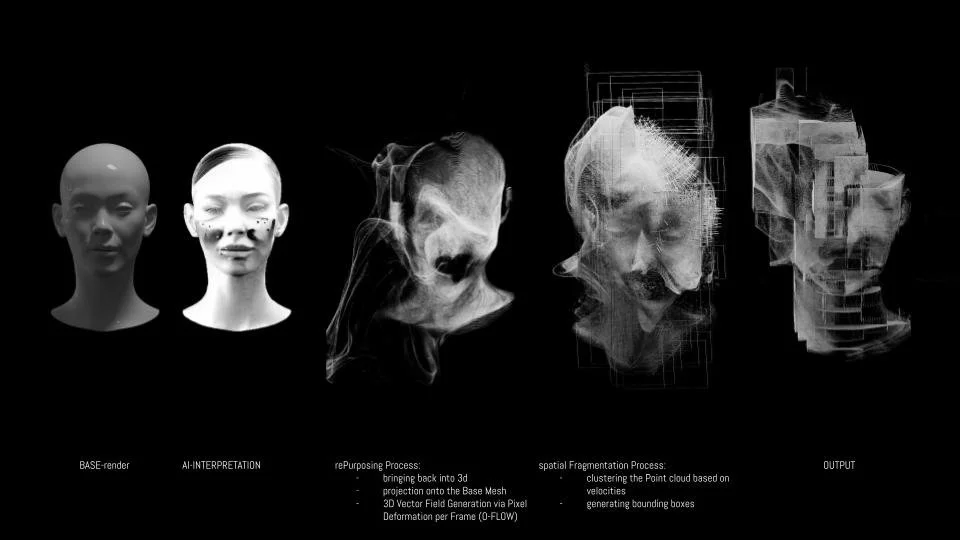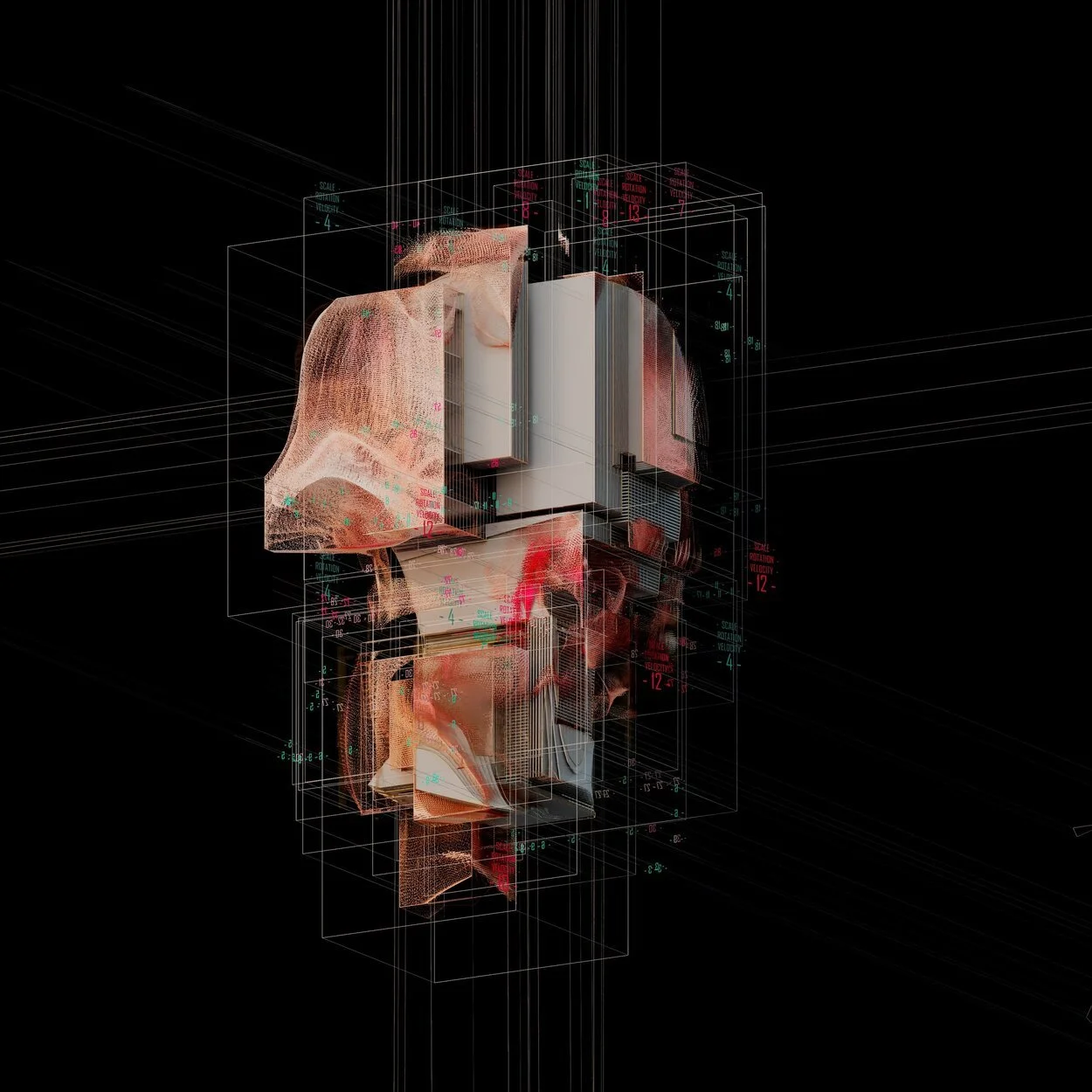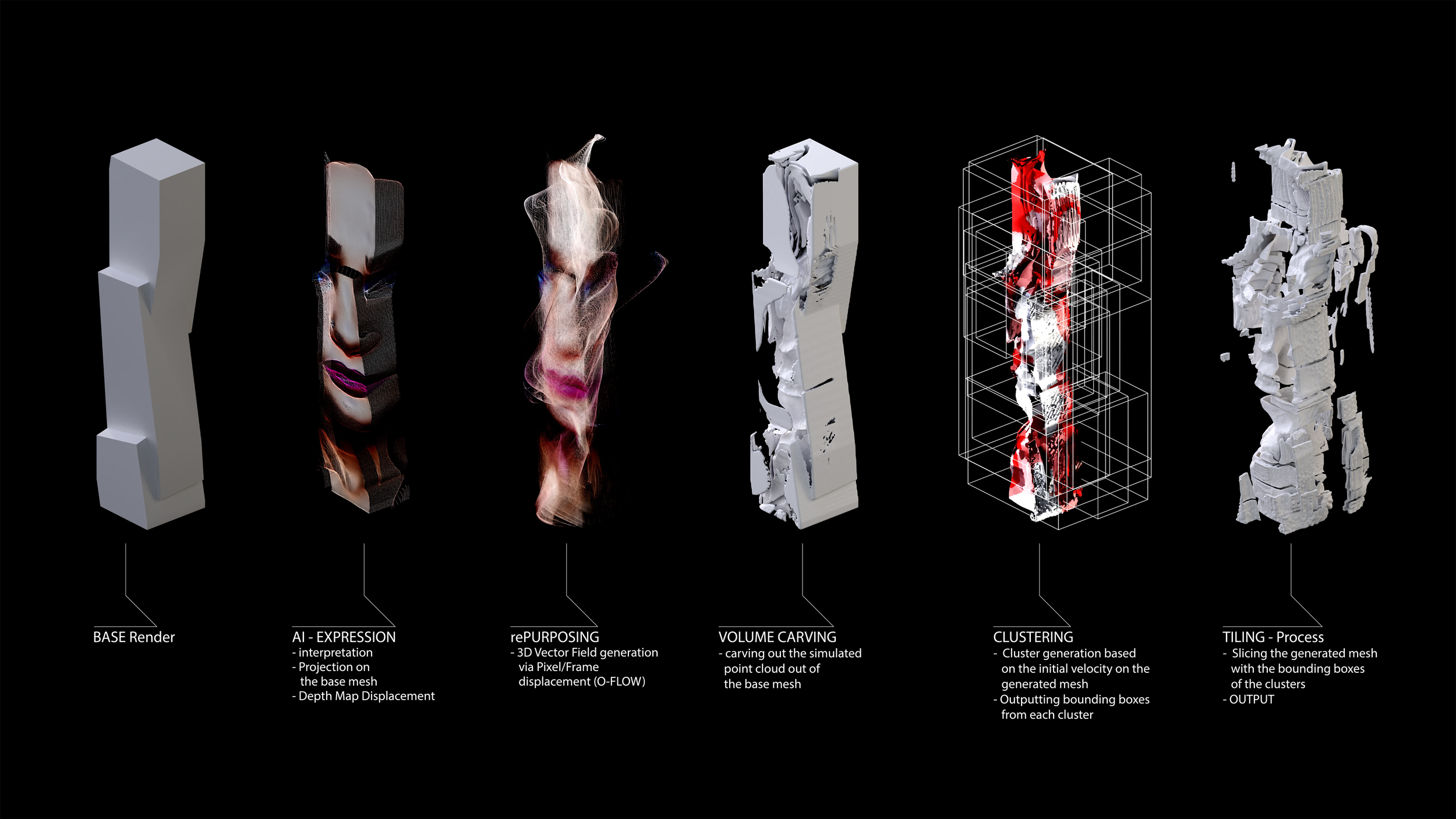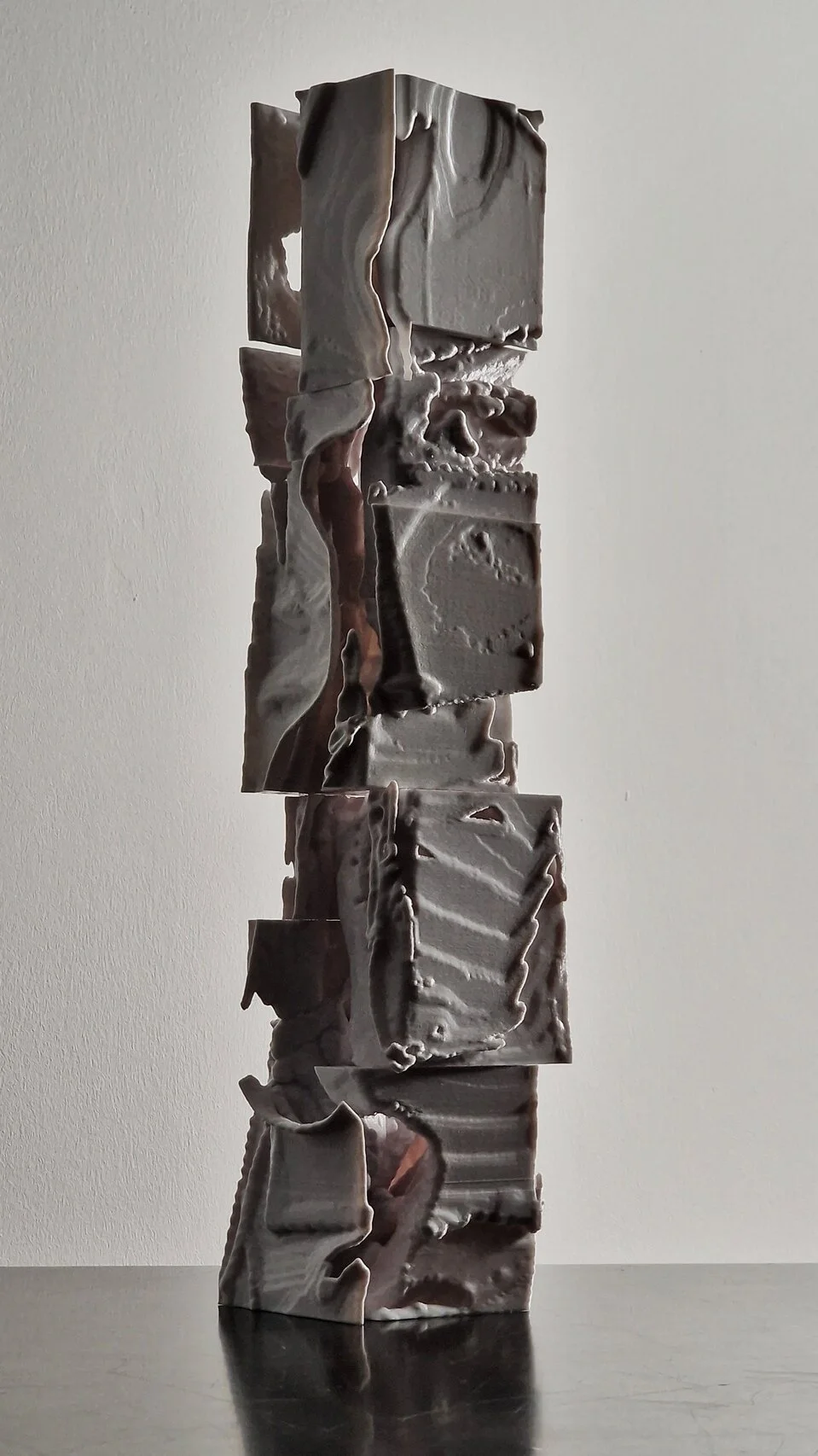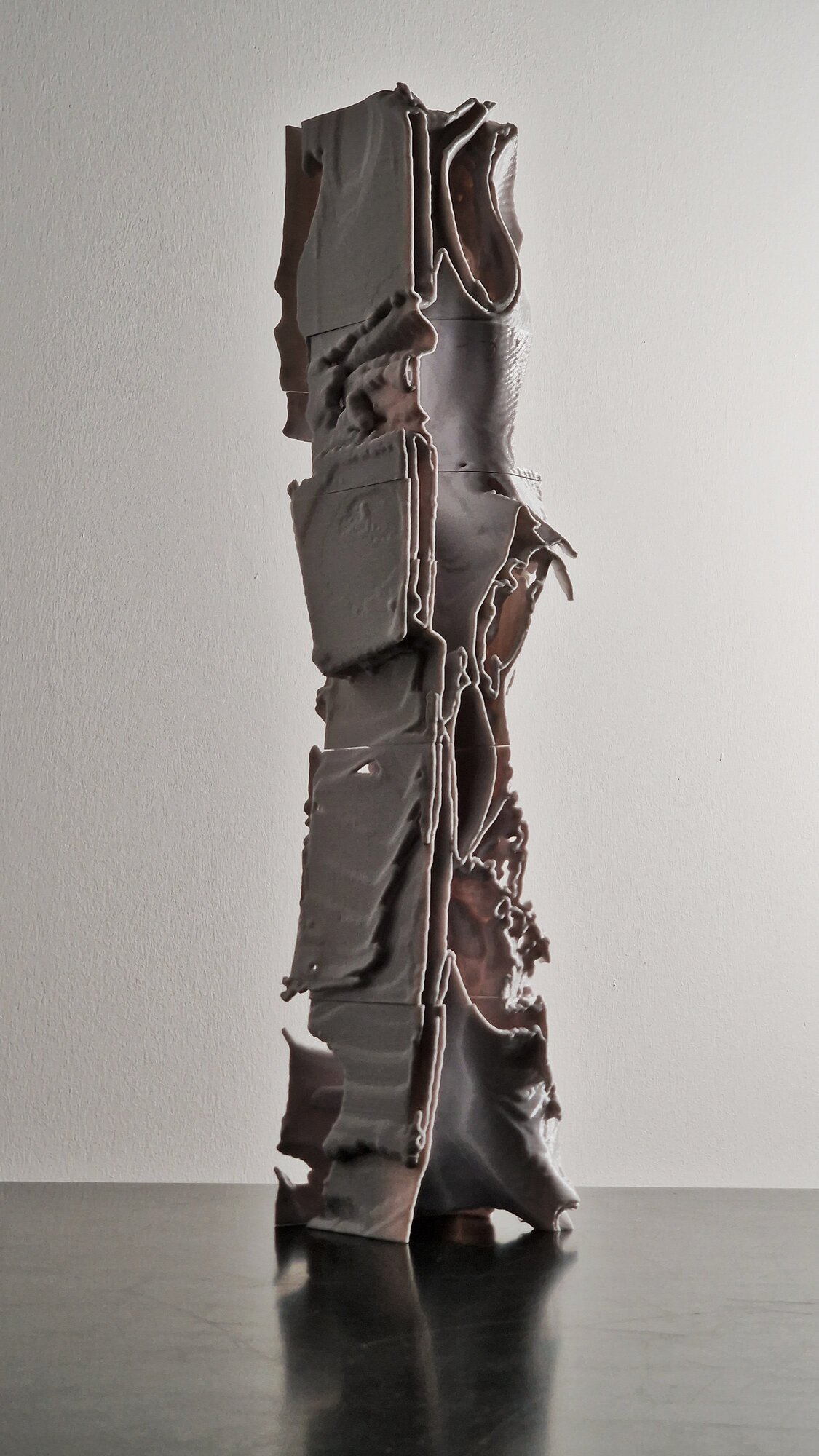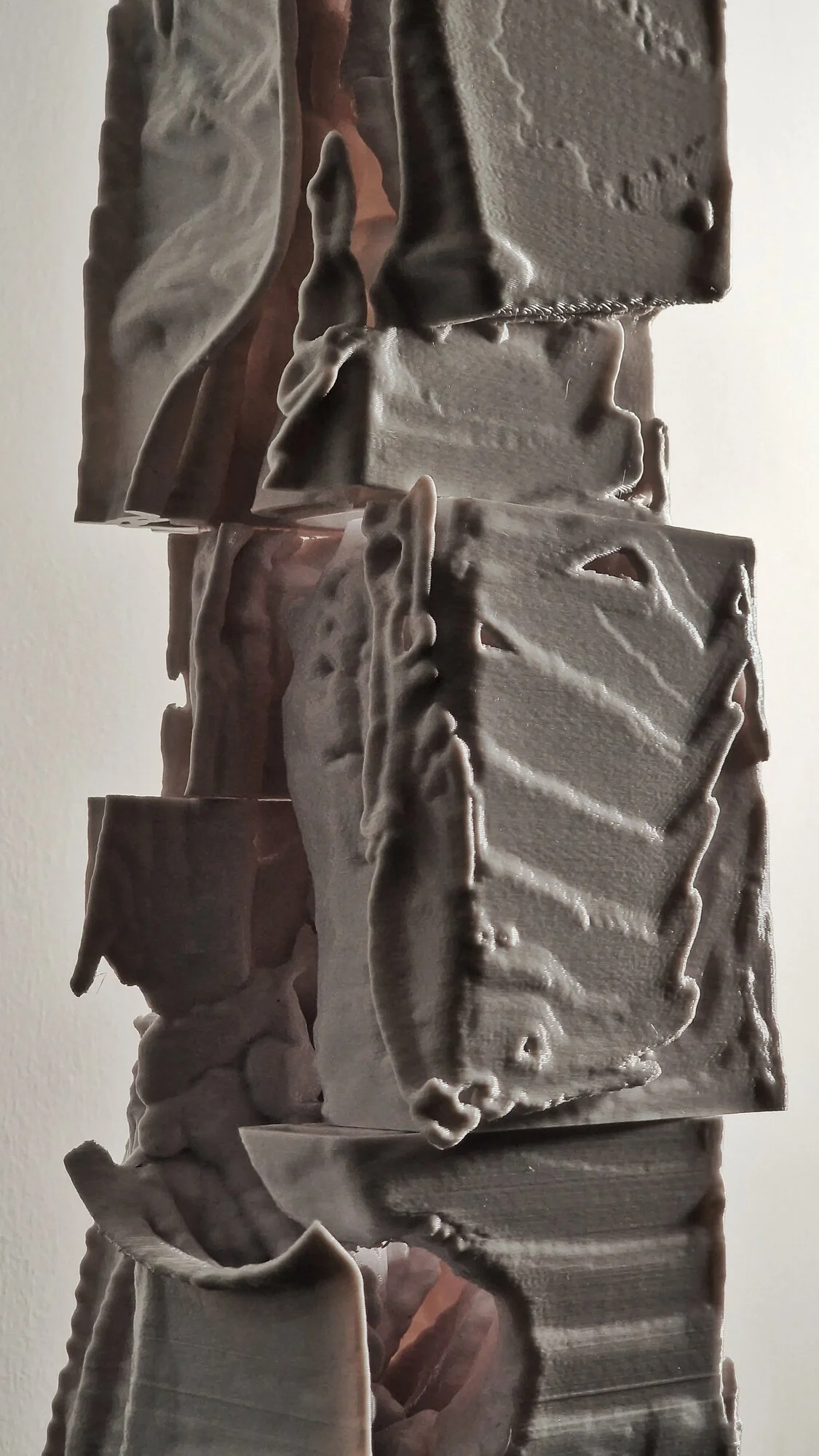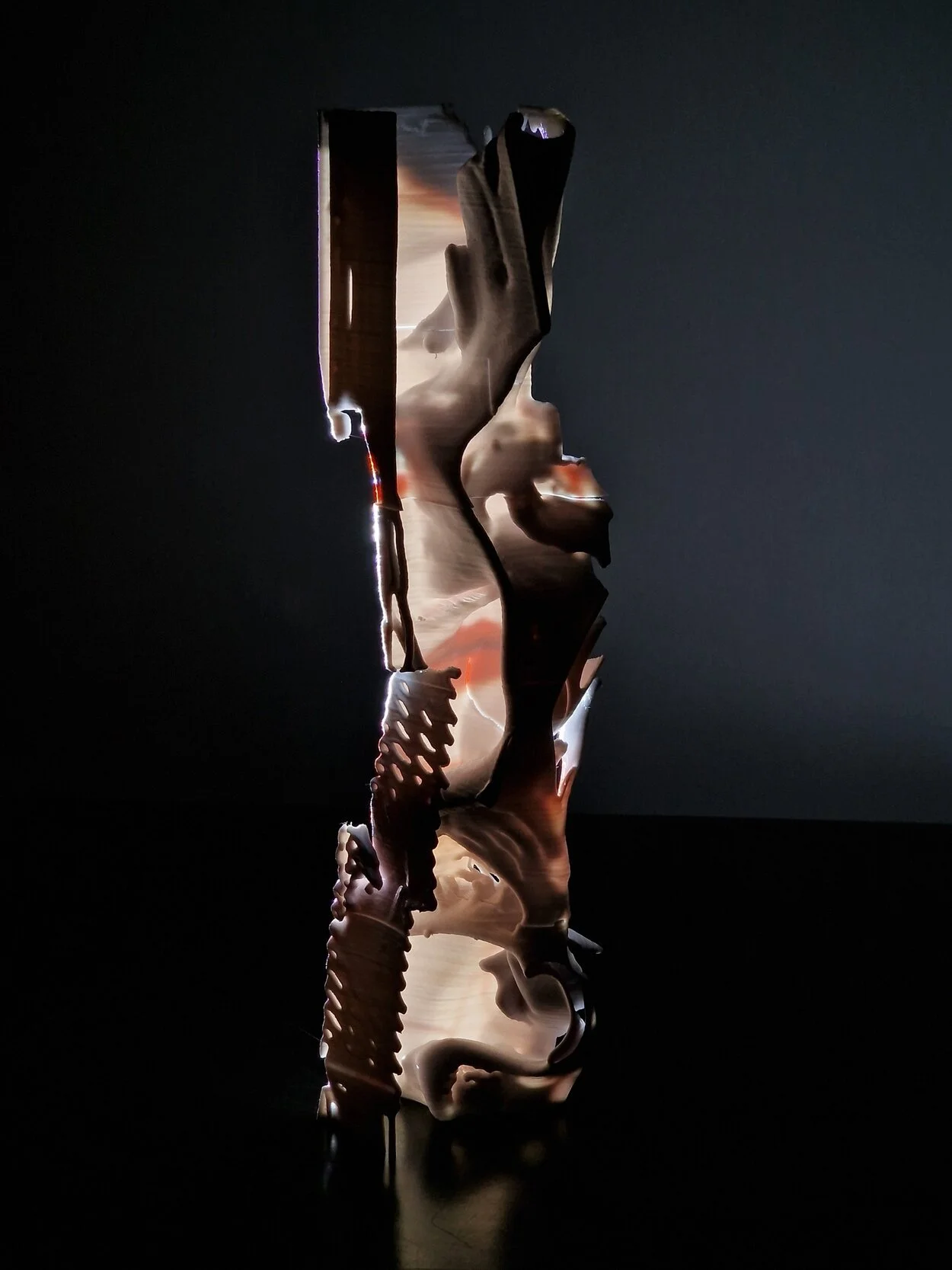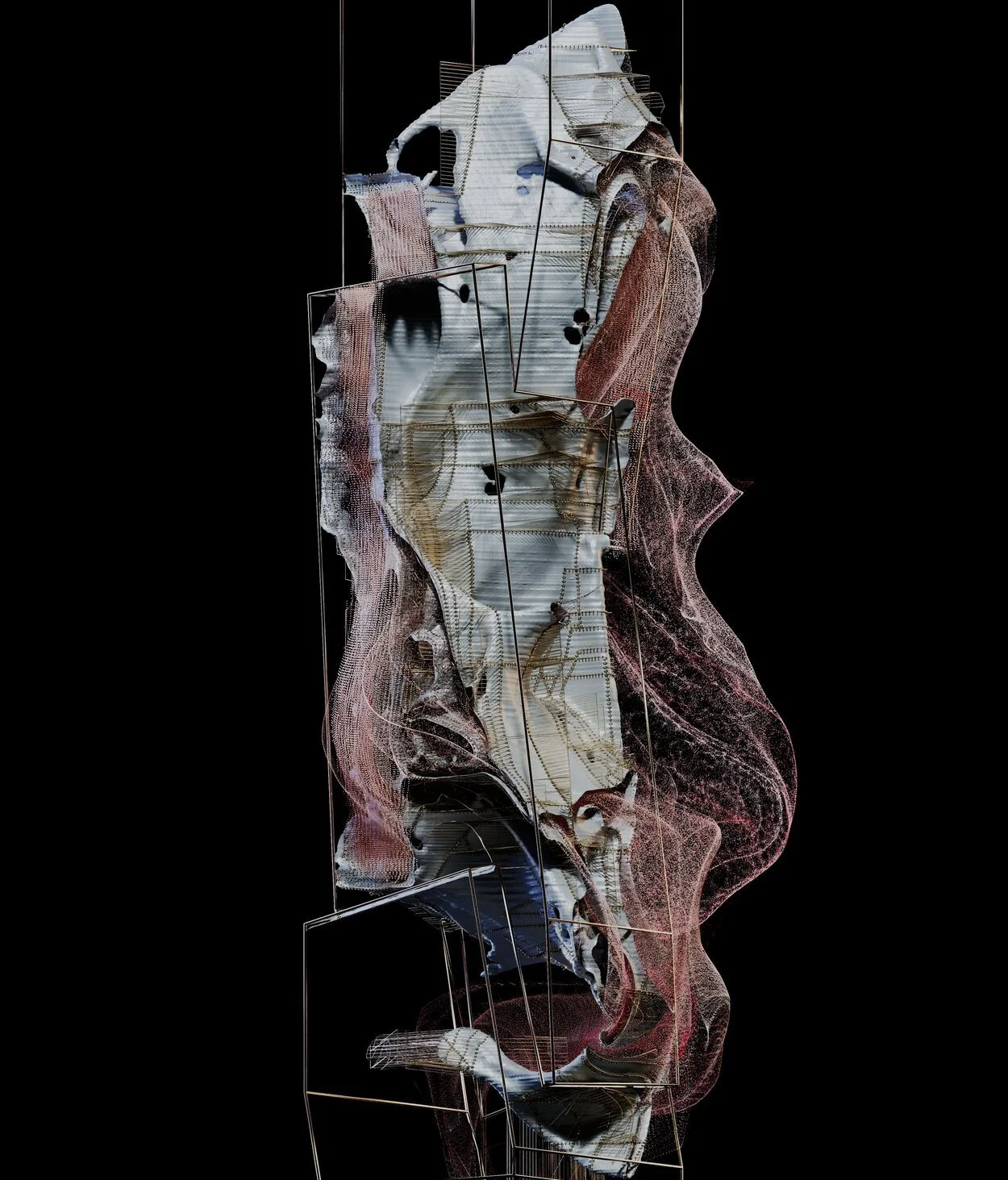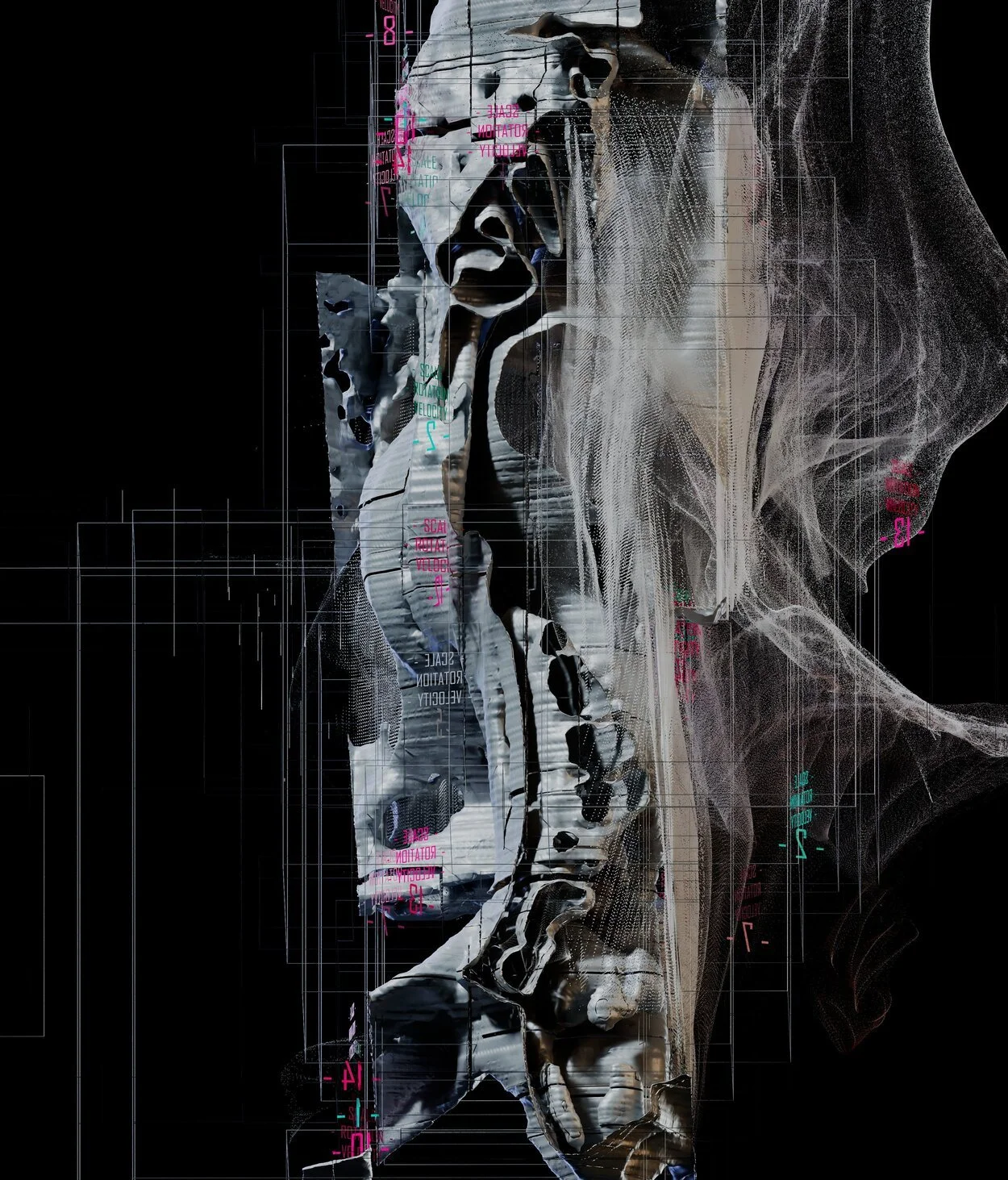unTOLD.
speculation versus facts.
“I see the other’s gesture and grasp it mentally, or I am grasping in it. And while being in it, there is a tendency in me to produce this gesture, i.e., the tendency to carry out a particular bodily activity. However, this tendency is again, as was just said, one and the same thing as the feeling of anger, it is immediately tied to this emotional state”
- Theodor Lipps
This theme delves into the world of design and architecture, where speculative and imaginative ideas meet empirical data and established truths. "unTold" aims to challenge the boundaries between what is known and what is yet to be discovered, encouraging a dynamic interplay between speculative, innovative concepts and verifiable, factual information. This series aims to provoke thought and exploration by juxtaposing the speculative and the factual, with the goal of pushing the boundaries of design and architecture by considering both the known and unknown possibilities.
unTold stands for spatial fragmentations guided by emotional interpretations that can lead to uncanny and deeply familiar experiences. Empathetic spaces that allow people not only to participate in a physical experience, but also to create it in a spiritually stimulating way.
The main goal of unTOLD is to explore the correlation of BEING ANIMATED and animated being. A non-literal creation of spatial forms focussing on machine-interpreted human expression and using it as data to create new entities from basic architectural elements such as columns
A main indicator of this work is not only the space it is in or creates, but also time, or rather, temporal variations....
What is a variation or what does it enable the designer to do?
When a design emerges from a simulation, regardless of the framework used, the final product chosen remains an integral part of a larger whole made up of numerous variations. Just as a person's memory works - remembering a moment or an object - these specific elements are woven into a sequence that makes up our lives. Guided by certain parameters and personal choices, we choose specific moments to remember. The significance of remembering this "sequence" comes from the amalgamation of all previous experiences that converge at that point in time, thereby giving it value. This is the essence of what makes time/simulation-based design so interesting. The object has a "past" and a "future", and within certain parameters I want to freeze it at a certain point, bringing it into the "present"

